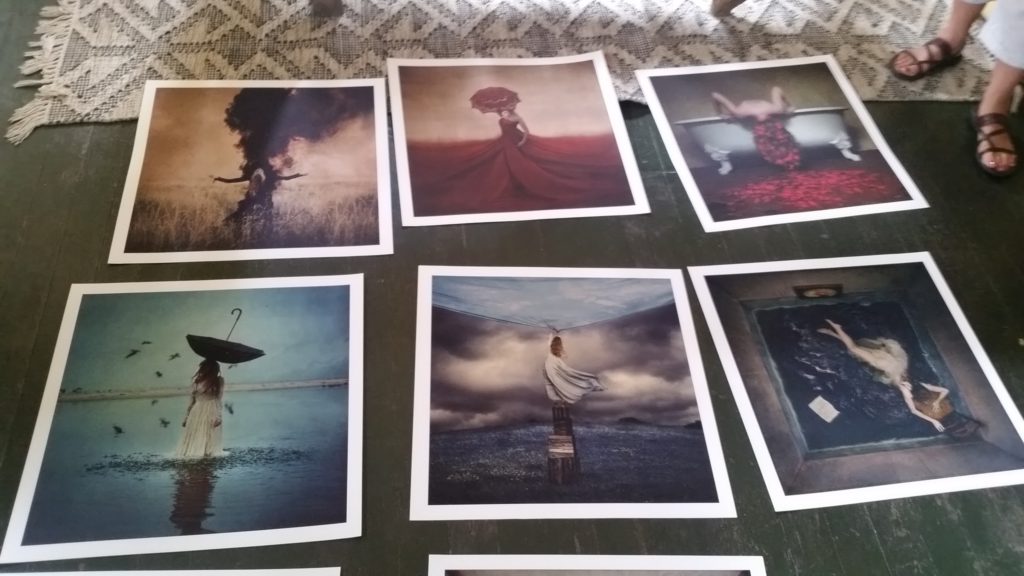Insight into Entering Photography Contests

I’ve been honored as a judge of photo competitions many times over in the past few years. I enter competitions from time to time myself, and have had my fair share of rejections, and a couple of successes. Through my years as both a contest entrant and a judge, I want to share some lessons on entering photo competitions – particularly from the fine art side of things.
- Don’t submit if you see flaws in your work. One of the quickest ways for a judge to pass you over is if there is an editing mistake. If you can see an inconsistency in your work, be it in matching light for a composite, cloning something out of the background, etc., simply don’t enter it. If you aren’t sure, ask friends. Specifically, ask a photo-related friend and a non-photo-related friend. This is important. Ask the photo friend if there are any technical mistakes, and ask someone else if anything simply feels “off”. My best critiques come from my friends who are not photographers.
- Don’t submit images that are too similar. I’ve judged plenty of competitions where the same photographer will submit a set of three images: One of a tree, another of that same tree but slightly closer, and…you guessed it…the third of the same tree slightly, slightly closer. This doesn’t work. Unless it is specifically a series, where you are intentionally saying something through the use of creating three nearly identical images, don’t do it.
- Which brings me to submitting a series. Make sure it is a series! A series can generally be categorized in two distinct ways. One, your images go together visually to show the viewer something that would be lost in a single image. Or two, the images go together thematically in a way that tells a greater story than a single image. Ideally, your series will do BOTH of these things. A series of images that look too similar is often not a series, but rather the photographer not being able to decide between a bunch of images of the same thing. Further, submitting general images in your portfolio as a series will only hurt you. There must be connection, otherwise keep them separate.
- Judges might not understand you. Please pay attention to this one over all others. I have been in rooms judging with people who are not even remotely on the same wavelength as us fine art photographers. I don’t really blame them. We’re WEIRD. But here is the problem with being a weirdo submitting to contests: you run the risk of being misunderstood. I was in a room with a judge where, nearly every time a more conceptual image would pop up, I would hear an audible sigh. This judge just couldn’t stand them. This judge did not, in any way, desire to understand them. This judge wanted them gone. I was very grateful to be in the room, to be a voice for these images. But, let’s face it: It’s hard to find a contest where someone who makes weird art is on the judging panel. It just isn’t as common. I’ve submitted work that I feel is very strong to contests and I’ve had that work rejected. And then, I look at who won, and low and behold, it’s all documentary style images, or portraits. Who the judge is will entirely direct who is going to win that competition, so pay attention to that part, and weigh your odds.
- Do something different. I cannot begin to describe how many images I see while judging a competition that look the same. There are certain subjects that are beautiful to photograph and that feel natural to photograph. This goes for any genre. Conceptual, documentary, portrait, sports, etc. Avoid submitting something that you’ve seen done before. The fastest way for a judge to forget about your work is if it reminds them of someone else’s work.
- Know the impact your image makes. Is your image emotional? Is it visually arresting? Is there a concept that’s really heady? Know your goal, and create work that takes that goal to the next level. The most frequently chosen images for awards are the ones that take an idea and magnify it.
- The 5-second rule. Okay, this isn’t actually a rule, just a guideline. When judges are viewing contest entries, we typically only look for about 5-seconds per image. Show your image to someone and ask them to look for only 5-seconds. Did it make enough of an impact in that time? There are images that we will look at and debate over for lengthy amounts of time. And there are images that we look at for less than 5 seconds. Here is the difference: images that look like lots of other images will get passed by in 2 seconds. Images that make you ask questions, look deeper, or impact you heartily will be kept up longer.
I hope this helps you gain some confidence in entering competitions! I always love when a judge gives insight into the judging process. Remember to take risks, learn as much as you can, and above all – do what you want.